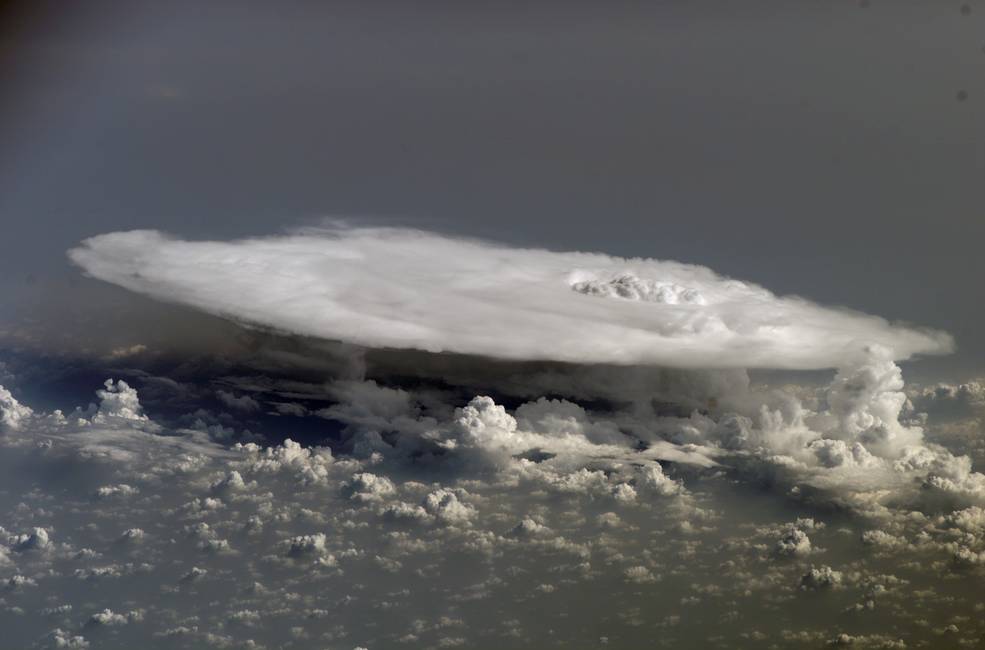
PolSIR: Pettersen, Merrelli Join NASA Mission to Study Ice Clouds
Dr. Claire Pettersen and Dr. Aronne Merrelli will work on a new NASA mission to help us better understand Earth’s dynamic atmosphere, specifically ice clouds.

Dr. Claire Pettersen and Dr. Aronne Merrelli will work on a new NASA mission to help us better understand Earth’s dynamic atmosphere, specifically ice clouds.
A new NASA mission will help humanity better understand Earth’s dynamic atmosphere, specifically ice clouds that form at high altitudes in the tropical and sub-tropical regions. Two researchers from the University of Michigan have been selected to work on the PolSIR instrument, or the Polarized Submillimeter Ice-cloud Radiometer, including University of Michigan Assistant Professor Claire Pettersen, Ph.D., and Assistant Research Scientist Aronne Merrelli, Ph.D.
Named an Earth Venture mission, the PolSIR instrument will study such ice clouds to determine how and why they change throughout the day. The investigation consists of two identical CubeSats – each small satellite is just over a foot tall – flying in orbits separated by three to nine hours. Over time, these two instruments will observe the clouds’ daily cycle of ice content.
The mission is led by Ralf Bennartz, principal investigator at Vanderbilt University in Nashville, Tennessee, and by Dong Wu, deputy principal investigator at NASA’s Goddard Space Flight Center in Greenbelt, Maryland. Pettersen will serve on the science team as a co-investigator on the mission and as the principal investigator at the University of Michigan Department of Climate and Space. Also representing the University of Michigan, Merrelli will work on the PolSIR instrument.
“PolSIR will provide novel observations of ice clouds in the sub-millimeter wavelength range. This is exciting, as these observations will allow us to detect ice cloud properties currently unavailable from existing microwave and infrared instruments,” said Pettersen, assistant professor at the University of Michigan Department of Climate and Space.
NASA Goddard will provide the project management team that builds the two instruments, while science operations will be conducted by the Space Science and Engineering Center at the University of Wisconsin – Madison. The two spacecraft will be built by Blue Canyon Technologies in Lafayette, Colorado.
“Studying ice clouds is crucial for improving climate forecasts – and this will be the first time we can study ice clouds in this level of detail,” said Nicola Fox, associate administrator for the Science Mission Directorate at NASA Headquarters in Washington, in a press release. “Every NASA mission is carefully chosen to better understand our home planet.”
The award is for lifecycle costs no more than $37 million, which does not include launch costs. The radiometer is an Earth Venture instrument, meaning it involves lower-cost instruments with a targeted research goal. These instruments typically catch a ride along with another mission or commercial satellite in order to minimize launch costs. The Earth Venture class also focuses on providing frequent flight opportunities, so innovative science investigations can be flown relatively quickly, generally within five years or less. These missions provide key targeted research opportunities, which help improve our understanding of what drives change in the entire Earth system.
Photo courtesy of NASA.
